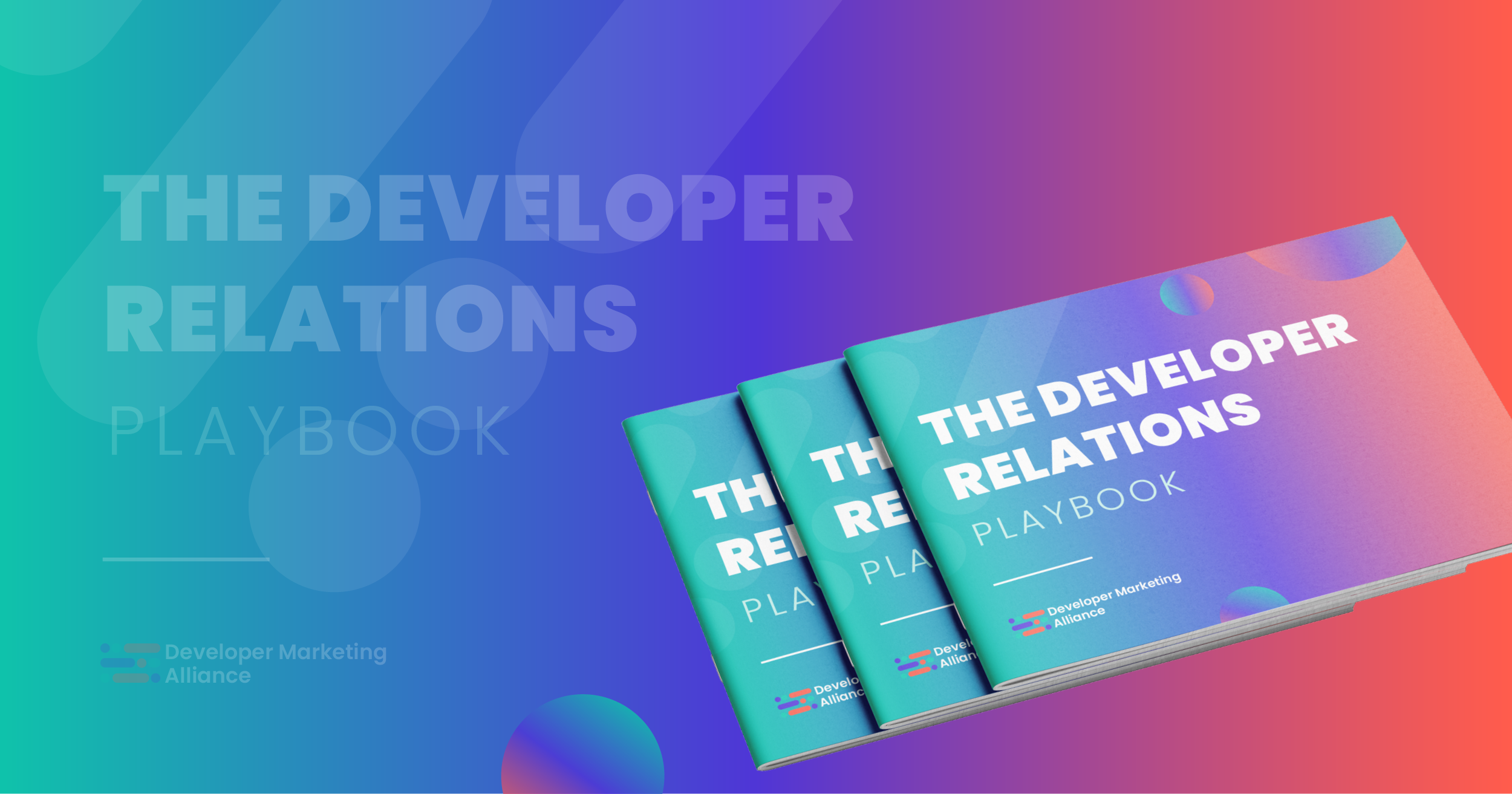Jordan Schuetz is the former Senior Product Marketing Manager of Developer Experience at Twilio, now the Senior Product Marketing Manager II, Solutions at HashiCorp.
Below, Jordan discusses his experience and go-to-market strategies used when he worked at Twilio launching new developer products.
On top of this, he'll talk about how you can work with DevRel and product marketing combined to bring products to market, as well as how PMMs and DevRel can do really awesome meetups and events for your developer communities. 👇

My career journey
I grew up in San Jose, in the Bay Area going to tech meetups. At 16 years old, I got my very first Android device, and I really wanted to learn how to build a mobile app.
I started attending local meetups at startups of these SDK products where you could do cross-platform development with iOS and Android. Then I started developing games.
Some of the games that I released were really successful on the Wii U, the Kindle Fire, and some other devices. And I was actually able to pay my way through college by making video games. That's what kickstarted my career in tech.
Once I graduated, I went to a startup called PubNub. They had a Pub/Sub framework, and I worked in DevRel there. I also got a lot of experience doing in-person meetups and dev advocacy work.
Then, I transitioned into MuleSoft where I did a lot of the same things, which I'm going to talk about a little bit later. After, I worked at Twilio as a PMM and I'm now at HashiCorp.
Since I got started in tech, interacting with people in DevRel was always my dream, as I wanted to make an impact in the community. Without those developer advocates and people in DevRel, I’d never have been successful in game development.
I owe a lot of my success to those people that sat down with me and took the time to teach me about these amazing products that made my development journey possible.
Optimizing the developer experience at MuleSoft
So, you may be wondering why I think developer marketing is super exciting and fun. Being a developer marketer is super fun because you can have a huge impact inside your organization through the work that you initiate.
When I went over to MuleSoft, I was tasked with optimizing the developer experience, and at the time, the only way that developers could interface and learn about MuleSoft was by reading documentation or taking a formal training class.

And when I tried to onboard myself with the AnyPoint Platform product, I quickly realized that there were huge gaps in the developer experience, and getting started with MuleSoft was really difficult.
When I joined as a developer advocate, I proposed a one to two year plan to my manager on how we were going to optimize the onboarding experience for developers. I got it approved by my team, and I worked on spinning up a landing page and started building out all these ‘getting started’ tutorials.
Once I fully executed my tutorial proposal, it resulted in this tutorials page being the number one way that developers interface and onboard onto the MuleSoft platform. It led to higher adoption rates and millions of dollars in attributed pipeline which we were able to measure through sign ups.
That's why I love this work. It's super exciting because when you have an idea and you're willing to get creative in the dev marketing space, you can deliver huge results and have a huge impact on the business as well.

Integrating DevRel into your go-to-market activities
When it comes to being a product marketer, you really want to focus on go-to-market activities that’ll drive an impact in your organization. And you want people to recognize your work and the materials you create to have a wide reach across your company and also externally.
In order to create these materials for your new product launch, you're going to have to work cross-functionally with product, DevRel, digital marketing, brand, and sales to lead the successful launch.
I'm going to briefly cover some of these launch activities and where DevRel can fit into each of them.
The first one that I want to cover is a product brief. This is used by sales teams to understand how a new product works at a high level. These product briefs will often get handed over to customers.
When you work at a company like Twilio, you have over 60 different products, and that's a lot for a sales person to remember. And that's why I think it's important that you create robust product briefs that are understandable by either a non-technical or technical audience.
I'll always consult with DevRel and the product teams to identify what the most popular developer use cases are, and I make sure to highlight them in this product brief.
For example, with one product brief, I highlighted all of the most popular destinations with segment that I was able to identify with both DevRel and product’s help.





